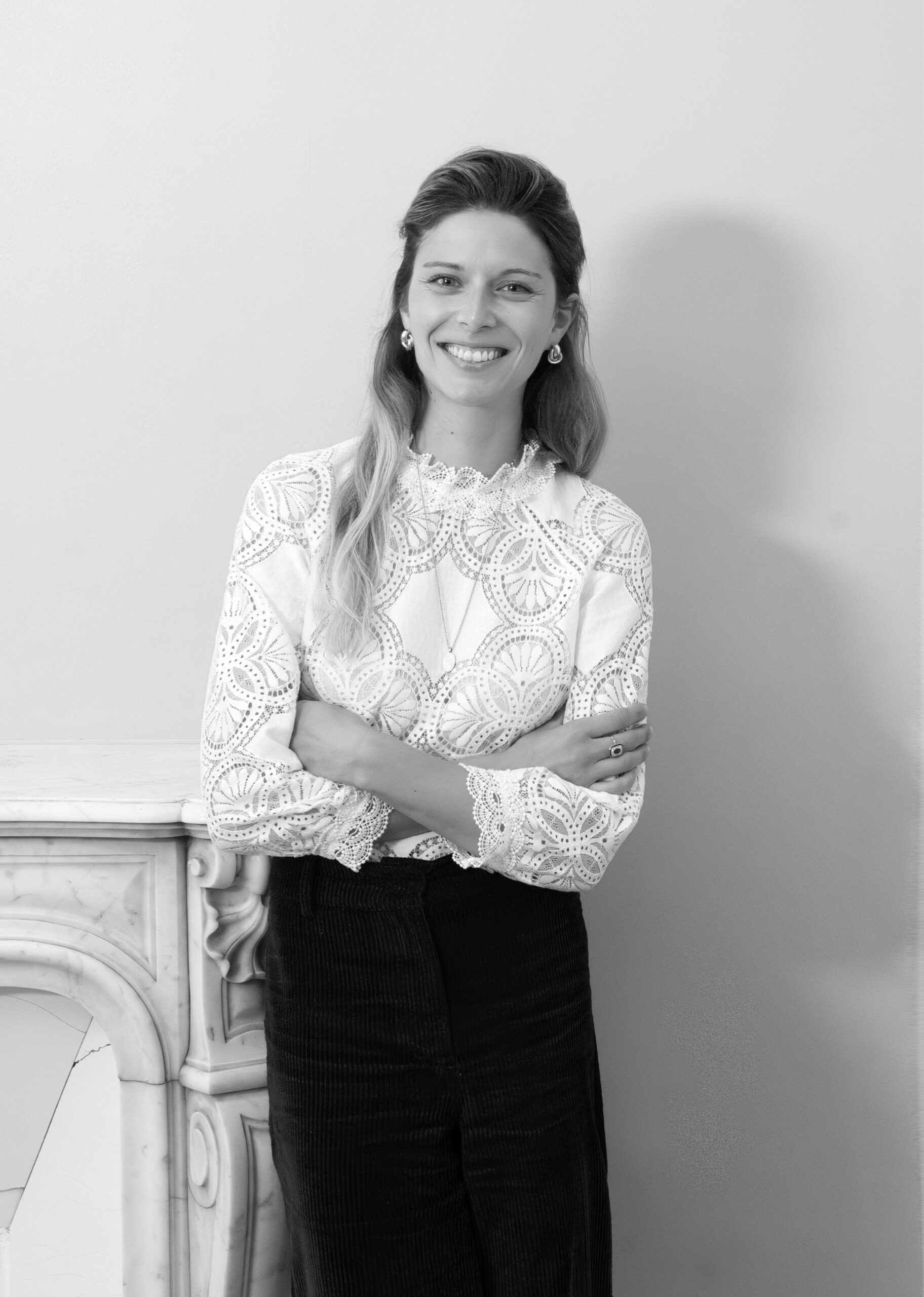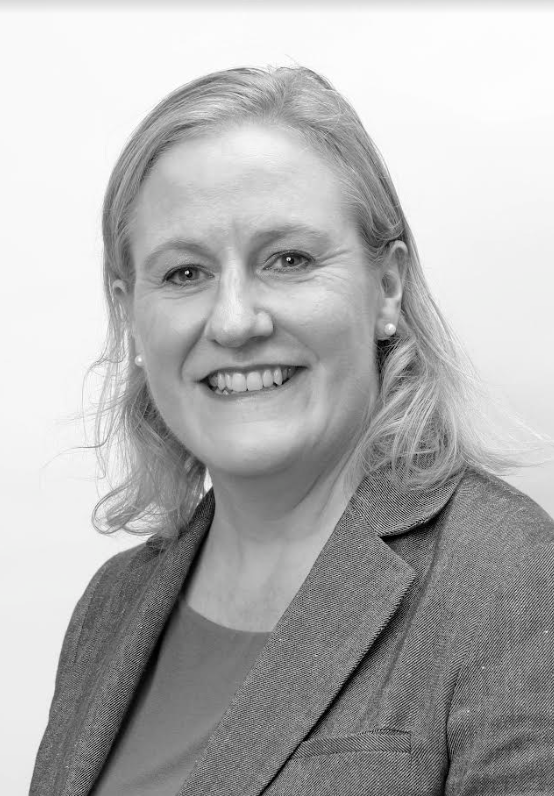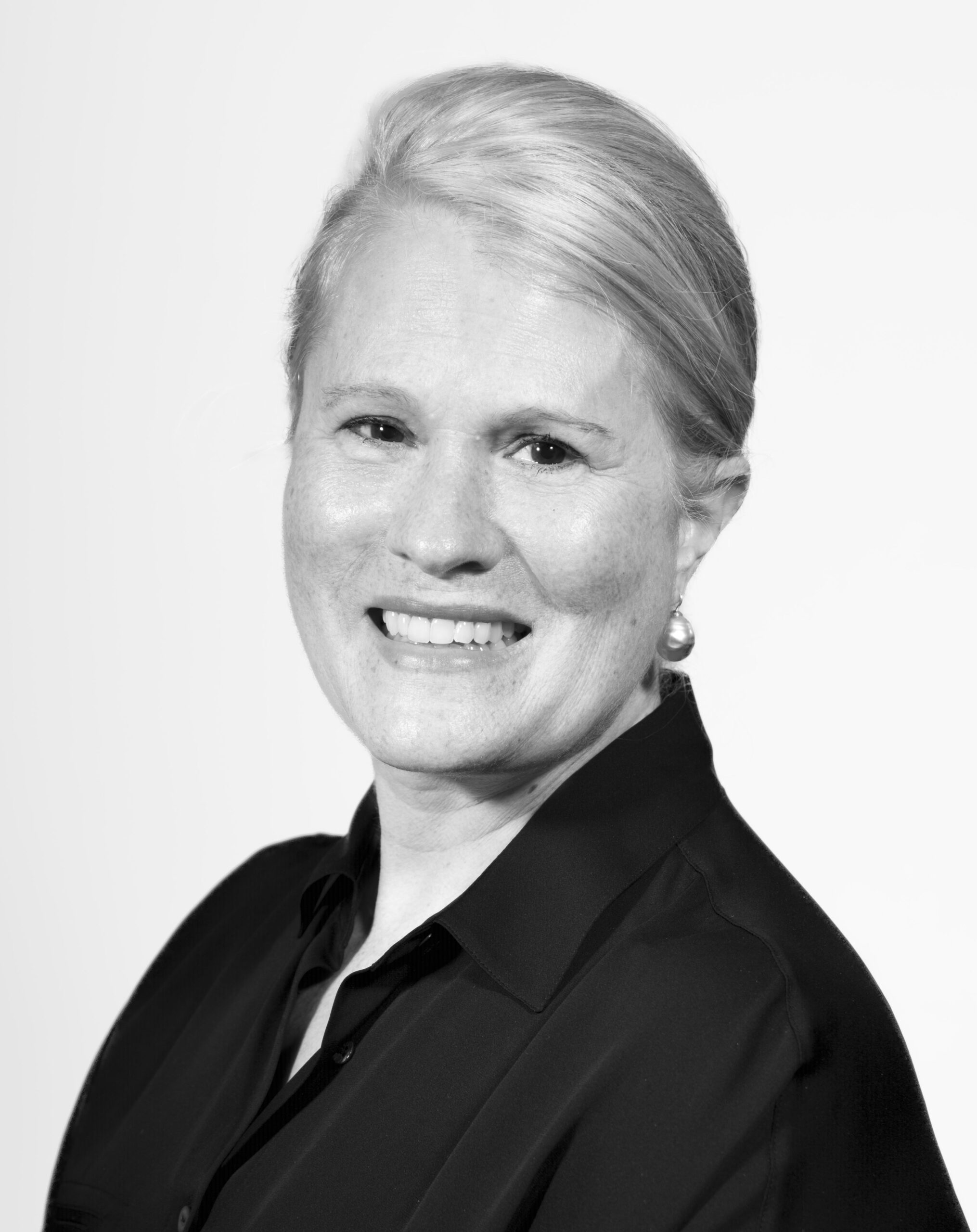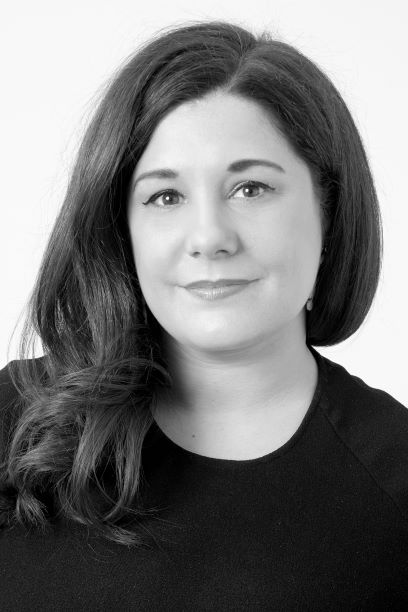Jewellery is a high-risk category and with current retail prices across the luxury market continually increasing, it is more important than ever for clients to have a professional, fully descriptive and illustrated up-to-date insurance valuation. As a result of restrictions on travel and leisure activities during the Pandemic, there was unprecedented demand for tangible luxury goods. Consumers actively purchased jewellery and watches, and with a limit in the supply chain, prices increased by almost 40% before falling back somewhat in 2023.
Whilst independent retail jewellers currently remain slightly cautious in their outlook, luxury high-end brands, owned by the large conglomerates such as Richemont (owner of Cartier and Van Cleef & Arpels), LVMH (Tiffany & Co., and Bulgari) and Swatch group (Harry Winston) all reported robust performances by the end of 2023.
Replacement values of premium watch brands continue to increase steadily. From January 2022 to January 2023, Rolex made a significant increase in their watch prices of 7% to 11% depending on the model and materials. This is a reflection of production cost surges, the increased price of energy and raw materials, and the simple fact that demand is at record levels. In addition, with the number of reported luxury watch thefts continuing to rise, the need for accurate valuations is now more important than ever.

A diamond, sapphire, ruby and emerald peacock brooch by Cartier
Gurr Johns’ Jewellery & Watches Specialists are keen to help clients avoid suffering financial loss as a result of an out-of-date jewellery valuation. An accurate jewellery valuation will avoid the need to accept a lesser quality item or prevent the owner having to make up any cost difference after a claim. We usually suggest a jewellery valuation every two to three years.
If you have not had one recently, Gurr Johns highly recommends undertaking one as soon as possible to ensure correct values are set as a benchmark for the future.

Rolex, Daytona ‘Inverted 6’, Ref. 16520, a stainless steel chronograph bracelet watch, circa 1993
Why the need for accurate valuations?
If the insurance value on a policy schedule is too low, jewellers will find it difficult to replace stones or jewellery with items of the same quality. The policyholder may have to make the difficult choice of accepting a lesser item or making up the difference themselves.
The older the valuation, the greater the danger of under-insurance. Recent research indicates that at least 50% of engagement rings in the UK have not been valued since their purchase; and 15% of ring valuations are over 20 years old. This suggests that, in addition to the sentimental impact, most owners could be significantly out-of-pocket should a loss occur.
Gold and silver
Between 2016 and 2024 gold and other precious metal prices saw some of the highest uplifts on record, with prices more than doubling over this period. Platinum continues to be the favoured metal for engagement rings and wedding rings.

Asprey & Co., a Kashmir sapphire and diamond ring

Bulgari, an enamel and diamond ‘Serpenti’ bracelet watch, circa 1965
Coloured gems
Blue sapphires remain by far the best seller in the UK coloured gemstone market, being the most popular gemstone for engagement rings after diamonds. The finer grade sapphires such as those from Kashmir, Burma and Sri Lanka continue to increase in value. Between 98-99% of sapphires on the market are heat treated to improve their colour, therefore prices for untreated fine quality sapphires have increased by 10-15% in recent years.
Origin is an important factor when pricing a ruby. The current embargo on Burmese rubies means EU and US gem dealers are pricing their stock accordingly, and therefore Burmese ruby prices have increased by 15%-25% in the upper grades.
In general, emeralds have increased in value over the past years and continue to be a very popular gem, especially the finer grades.
It is imperative that an owner receives a gemstone report from a reputable laboratory and retains this as proof of a gemstone’s natural identification (as opposed to synthetic), and that it is free of any treatments.
Diamonds
It is important that owners retain the diamond grading laboratory report they may have been given when purchasing their diamond. Many retailers, when selling modern diamonds of over 1 carat, provide a diamond grading report from reputable gemmological laboratories, such as GIA, IGI, and HRD for example. They state whether the diamond is natural or laboratory-grown, and the grade of the natural diamond (colour, clarity, carat and cut).
Natural diamond prices generally increase over time, in line with inflation and supply and demand. Over the past few years diamond prices have been volatile and unpredictable. However, due to the limitations in supply of diamonds to the market, and restrictions against the importation of Russian diamonds, prices have begun to stabilize.
How under-insurance can creep up on you
This is a typical list of specified jewellery under an insurance policy, showing the specified values and more recent valuations.
| Item | Listed on the policy (last updated January 2016) | Accurate valuation as at May 2024 |
| Rolex Submariner watch, list price | £5,700 | £9,450 |
| 1 carat Paraiba tourmaline pendant | £16,000 | £32,000 |
| 2 carat platinum/engagement ring | £45,000 | £67,000 |
| Cartier diamond ‘Love’ bracelet | £3,600 | £11,400 |
| 3 carat Mozambique ruby ring | £48,000 | £110,000 |
| Sapphire & diamond earrings | £10,500 | £23,000 |
| Total of insurance value | £128,850 | £252,850 |
| Total under-insurance | £124,000 |
Professional valuations
It is extremely important for clients to have a professional valuation so that there is no confusion in the event of a loss. A valuation that states simply “A Solitaire diamond ring: £50,000” is ineffective. There are no details of carat weight, indications of grading, details of the mount, whether the ring is antique or modern, or made by a particular designer. This level of information is vital when seeking a replacement stone or piece.
A professional valuation should be fully descriptive with accurate details of the gemstones and materials used, a clear colour photograph (extremely important with unique pieces), and an accurate replacement value stating whether it is an ‘Antique Replacement Value’, ‘Second Hand Replacement Value’ or ‘New Replacement Value’, along with references to any reputable gemstone laboratory reports.
For further information, or to book a valuation, please contact: ukvaluations@gurrjohns.com



























































